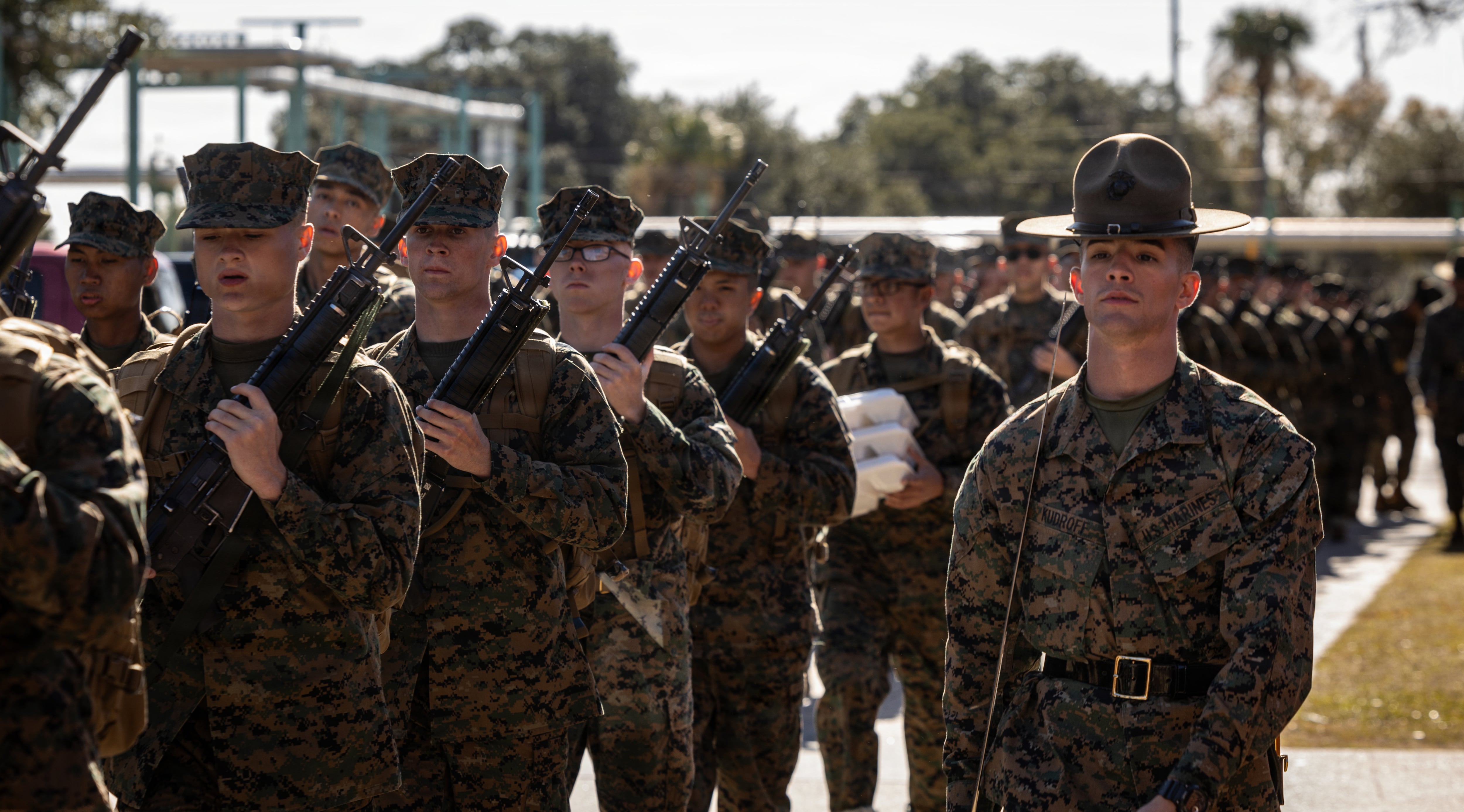Marines can expect the Corps to move toward robots doing more of the heavy lifting – and thinking – over 2017.
Weapons-toting robots, driverless vehicles, self-unloading resupply aircraft and automated moving targets will soon sharpen the way Marines take on future battlefields by air, land and sea.
Autonomous machines, in contrast, don't require a constant human operator, Col. James Jenkins, director of science and technology at the Marine Corps Warfighting Laboratory, told a panel discussing the issue in May at the Sea-Air-Space expo outside Washington, D.C.
"[Autonomous systems] will interface with a human just like a subordinate fire team leader who goes back to their squad leader when they have something to report or need new orders."
Among these is General Dynamics' Multipurpose Unmanned Tactical Transport – or MUTT – a four-wheel or tracked all-terrain vehicle that can move up to a 600-pound payload across the battlespace in every clime and place at a breakneck dash speed of eight miles per hour.
For lighter, swifter movement, Malloy Aeronautics is teaming with the Defense Department to develop a robotic version of its Hoverbike, a turbo-fan powered quadcopter not unlike the speeder bikes of the Star Wars universe.
Inexpensive to produce and field, the Hoverbike – termed the Joint Tactical Aerial Resupply Vehicle by the military – can automatically zip over 250 pounds at speeds of over 60 miles per hour to swiftly deliver humanitarian aid, resupply or medevac a casualty.





